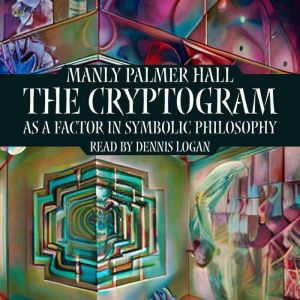
List: $3.95
| Sale: $2.77
Club: $1.97
The Cryptogram as a Factor in Symbolic Philosophy
Author: Manly Palmer Hall
Narrator: Dennis Logan
Unabridged: 36 min
Format: Digital Audiobook Download
Publisher: Rolled Scroll Publishing
Published: 12/22/2022
Category: Philosophy
Synopsis
No treatise which deals with symbolism would be complete without a section devoted to the consideration of cryptograms. The use of ciphers has long been recognized as indispensable in military and diplomatic circles, but the modern world has overlooked the important role played by cryptography in literature and philosophy. If the art of deciphering cryptograms could be made popular, it would result in the discovery of much hitherto unsuspected wisdom possessed by both ancient and mediaval philosophers. It would prove that many apparently verbose and rambling authors were wordy for the sake of concealing words. Ciphers are hidden in the most subtle manner: they may be concealed in the watermark of the paper upon which a book is printed; they may be bound into the covers of ancient books; they may be hidden under imperfect pagination; they may be extracted from the first letters of words or the first words of sentences; they may be artfully concealed in mathematical equations or in apparently unintelligible characters; they may be extracted from the jargon of clowns or revealed by heat as having been written in sympathetic ink; they may be word ciphers, letter ciphers, or apparently ambiguous statements whose meaning could be understood only by repeated careful readings; they may he discovered in the elaborately illuminated initial letters of early books or they may be revealed by a process of counting words or letters. If those interested in Freemasonic research would give serious consideration to this subject, they might find in books and manuscripts of the sixteenth and seventeenth centuries the information necessary to bridge the gap in Masonic history that now exists between the Mysteries of the ancient world and the Craft Masonry of the last three centuries.